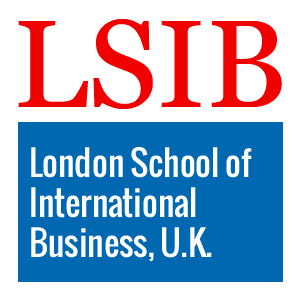Professional Certificate in Biomimicry Strategies for Energy Efficiency in Buildings
Published on June 23, 2025
About this Podcast
HOST: Welcome to our podcast, today we're talking with an expert about a course that's revolutionizing the way we think about energy efficiency in buildings. Could you briefly tell us about the 'Professional Certificate in Biomimicry Strategies for Energy Efficiency in Buildings'? GUEST: Absolutely, this course empowers professionals by teaching them innovative biomimicry techniques to enhance energy efficiency in building design. It's all about learning from nature's solutions to transform urban environments and reduce carbon footprints. HOST: That sounds fascinating! From your experience, what are some of the most interesting or effective biomimicry strategies you've come across in this program? GUEST: Well, one example is the termite mound design which inspires natural ventilation systems in buildings, reducing the need for mechanical air conditioning. Another would be the lotus leaf effect, applied to exterior surfaces to repel dirt and reduce cleaning demands. HOST: Incredible how much we can learn from nature! Speaking of which, how is the industry adapting to these new biomimicry trends? Are there any challenges you see as more people adopt these strategies? GUEST: There's definitely growing interest, but implementation can be slow due to lack of awareness and resistance to change. However, as environmental regulations become stricter, I believe we'll see wider adoption of these sustainable practices. HOST: It's certainly a shift in mindset. Now, for those considering this certificate course, what kind of impact could they expect to make on energy efficiency within their projects? GUEST: Graduates will have the tools to create greener structures, positively influencing both their own and their organization's carbon footprints. They'll join a community of forward-thinking individuals committed to a sustainable future. HOST: That's inspiring! Lastly, where do you see the future of biomimicry going in the architectural and engineering fields? GUEST: I think biomimicry will become standard practice in the near future. As we face increasing climate challenges, nature-inspired solutions will play a crucial role in designing resilient and regenerative buildings and cities. HOST: Thank you so much for sharing your insights on this exciting topic! Today's conversation has shown us how the 'Professional Certificate in Biomimicry Strategies for Energy Efficiency in Buildings' is leading the charge towards a greener future.
